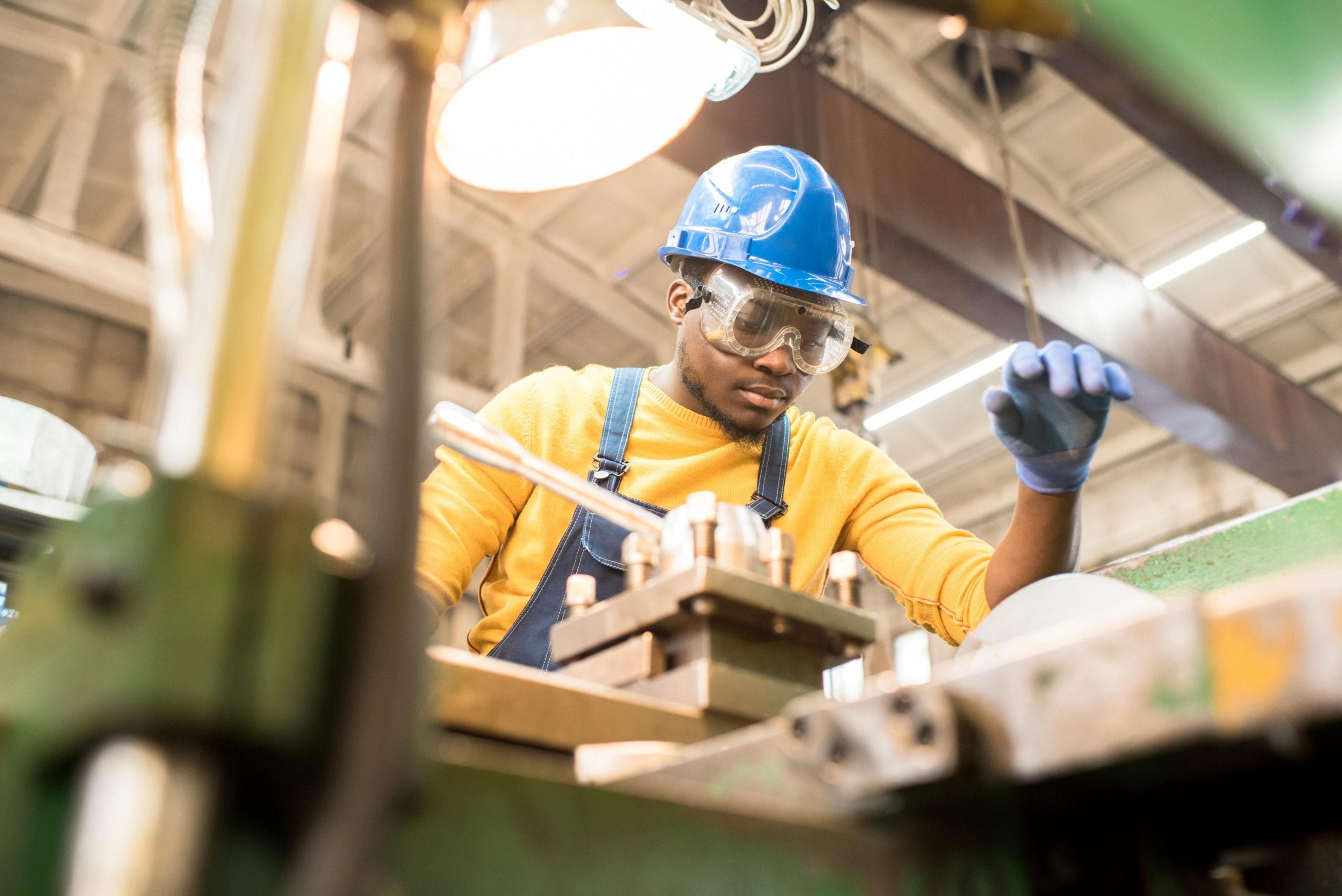
Did you know that workplace safety programs reduce the risk of injury by 50%? It’s true. Establishing a safety program is a smart move for businesses concerned about employee safety and the bottom line. In this four-part blog series, we’ll explore the four main workplace safety pillars: hazard recognition, slips, trips and falls, fatigue and impairment.
Recognizing hazards
Hazard recognition emphasizes the importance of knowing your workplace equipment and machinery to avoid any accidents from occurring. It is the best way to prevent accidents. There are many steps companies can take to prevent injury and encourage workers to recognize hazards. Here are some policies that can be implemented to protect workers:
- Review safety information about all hazards in the workplace. Keep your workers safe by making sure their knowledge is in top shape. Explain the different hazards and how a routine use of the equipment or materials may result in an injury or health complication. Provide employees with operating manuals and train them how to use the equipment properly.
- Conduct routine safety inspections to reduce hazards. Incorporate employees into the inspection process so they also know what to look for as they work with it. Post safety checklists throughout the office to remind employees how to protect themselves.
- Identify and review all accidents or near-accidents on-site to ensure that safety standards are being met. Create a routine process for investigating workplace injury or health impacts. Develop open lines of communication and keep an open mind during the investigation. Always communicate the results with your employees.
- Be cautious of non-routine procedures and how they may impact workplace safety. No one wants to be put in an emergency situation, but it’s important to prepare for them, just in case. Have a plan in place to handle emergency scenarios to avoid further injury. Make note of hazards that could arise during these times and inform employees about them.
- Minimize hazards and dangers in the workplace whenever possible. Employers should constantly scan facilities for risks and prioritize fixing them.
Business owners should also stay knowledgeable about the equipment and machinery used in their buildings. If it has been recalled, act quickly to ensure no one gets hurt. Stay up-to-date on the industry and make note of any injuries that could have occurred in your facilities. Always ensure your employees know that you care about them and want to keep them as safe and healthy as possible. Stay tuned for tips on the remaining safety pillars in upcoming blog posts. Thinking about establishing a safety program in your organization? Check out these basics to get started. Want more information about creating a healthy workplace? Sign up for the Blue Cross Master Class webinar series and read these blog posts:
- Alcohol Abuse in the Workplace
- Tips for Boosting Employees' Healthy Habits
- Employers Moving from Wellness to Well-Being
Photo credit: SeventyFour





